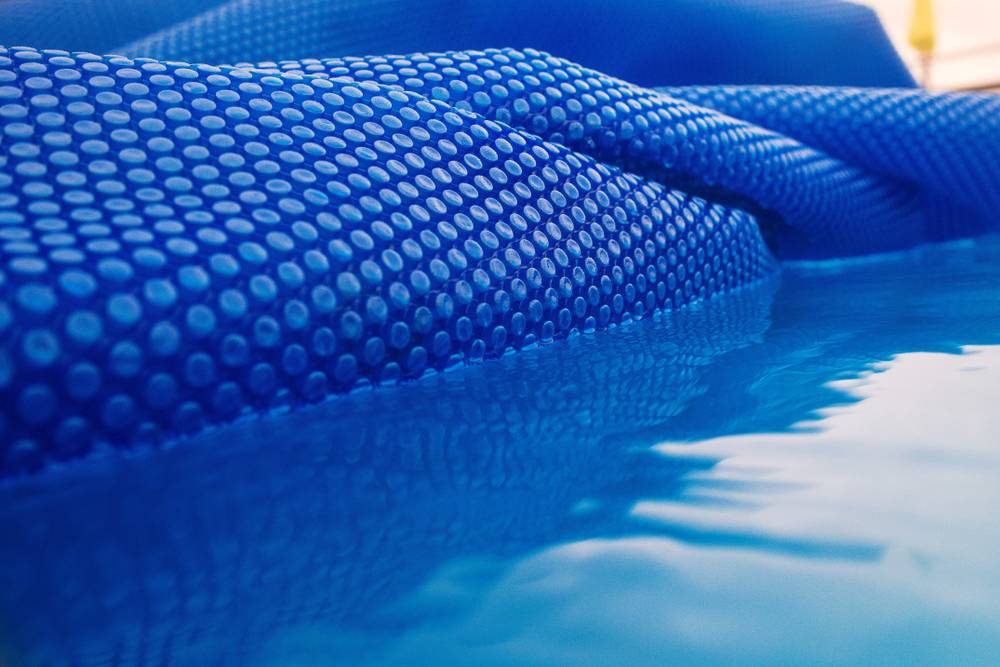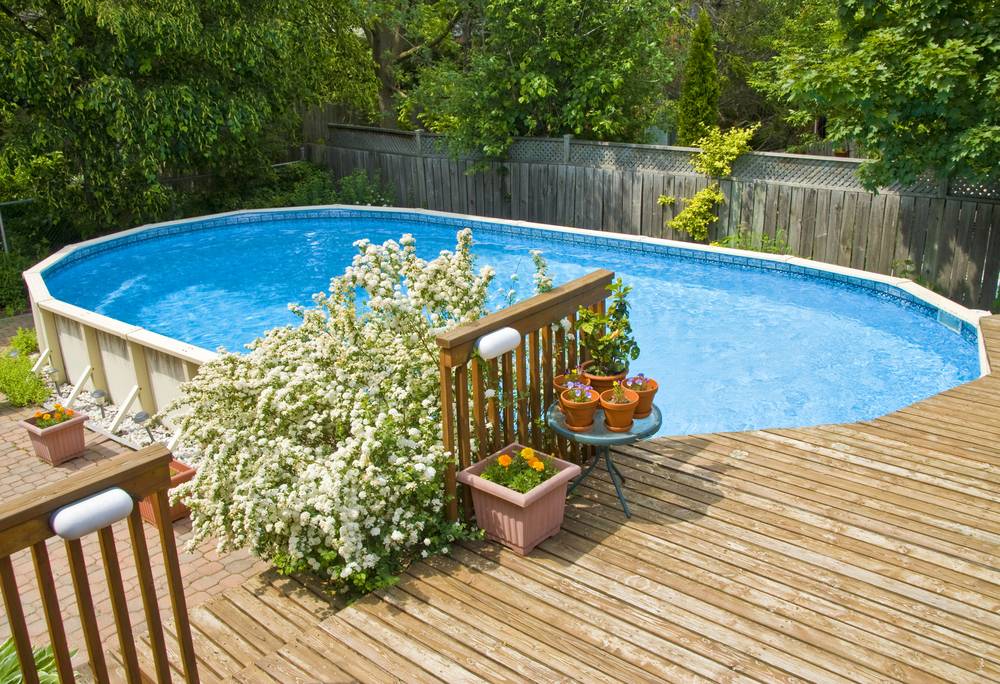Copper interferes with the calcium test.
Super low pH also interferes with the calcium test.
Super low pH also interferes with the calcium test.
We did the math wrong - It was 6 drops and then we should have multiplied by 10.What is your TA?
24 would not be a valid reading.
Was it 24 drops?
What is the multiplier?
It is older. We got it from the company who installed our pool 2 years ago.If your test kit is from 2018 as the label states your reagents may be expired.
pH can be zero, or even negative.I never knew it was possible to have a pH of 0. Learn something new everyday. Those pucks must be very acidic.
OK -So your TA is very low and your pH is *interesting* in that it is almost pink BUT it is better than totally tanked.
I am going to share some links with you and follow up after the links:

What Are My Ideal Pool Levels?
Use our tool to find ideal chemical levels for any swimming pool. Check TFP recommended levels on pH, free chlorine, cyanuric acid, and more.www.troublefreepool.com

Recommended Pool Chemicals
Which should I buy? TFP's recommended pool chemicals are cheap, easy, and won't unbalance your pool water.www.troublefreepool.com
First off a small lesson in the difference between TFP's levels and other recommended levels such as printed on the bottle or from the Pool Store:
-TFP's levels are based on science and experiments. There are science journal pages I can share with you if you would like some *light* reading. The main difference is the CYA/FC ratio. Much work was done to see how CYA&FC worked together to find how much of each is needed to have a clean, clear, trouble free pool.
-Pool Stores levels as well as what is printed on pool chemicals bottle-they are still using the levels from way back when. These level suggestions have not been changed since the companies first started. Most of them don't take in account the CYA/FC ratio and how everything works together to maintain a clear pool.
I will say that the pool companies are starting to come around after MUCH work done by "Chemgeek" aka Richard to get the levels suggested brought up to science based levels. It is still a work in progress.
I think you will LOVE the recommended pool chemicals-baking soda??? OH YEAH! You can even buy it in a big bag at Sams or Walmart! How neat is that???
Now work on your pH and TA levels using the above links. I like that I see some FC in your pool.
Oh on your last pool store test how much CYA did they think you had? Not that we put much stock in their tests it will give me a small snap shot.
Kim
You really need to remove the tablets because they are wet and they will continue to dissolve. It will get very toxic inside the feeder. Open the valve for a while before opening the feeder to flush it out so that you don't gassed by chlorine gas.Turned OFF the inline chlorinator
but there is residue or powder
I suspect it is the chemical reaction precipitate indicated above. You will need to vacuum it out and dispose of it by cleaning the filters.With the copper in your water either dissolved from the heater, but also likely as an ingredient of the pucks you were using, the addition of pH up caused the copper to react with carbonate to form basic copper carbonate/copper hydroxide.
But, not anywhere indoors. The tabs will give off toxic chlorine gas until they dry.Put the tabs somewhere safe to dry where pets or kids cannot get to the tabs.
I would love to read the journal pages, can you send them my way or post them here?There are science journal pages I can share with you if you would like some *light* reading.

When you say vacuum to waste - We have had our robot out of the pool. Are we able to drop it back it to clean up the precipitation?It's probably mostly calcium carbonate with various copper compounds.
Adding sodium carbonate and calcium chloride at the same time combines calcium and carbonate together, which causes the precipitation.
As indicated, you can vacuum and rinse the filters.
If you can vacuum to waste, that would be even better.

